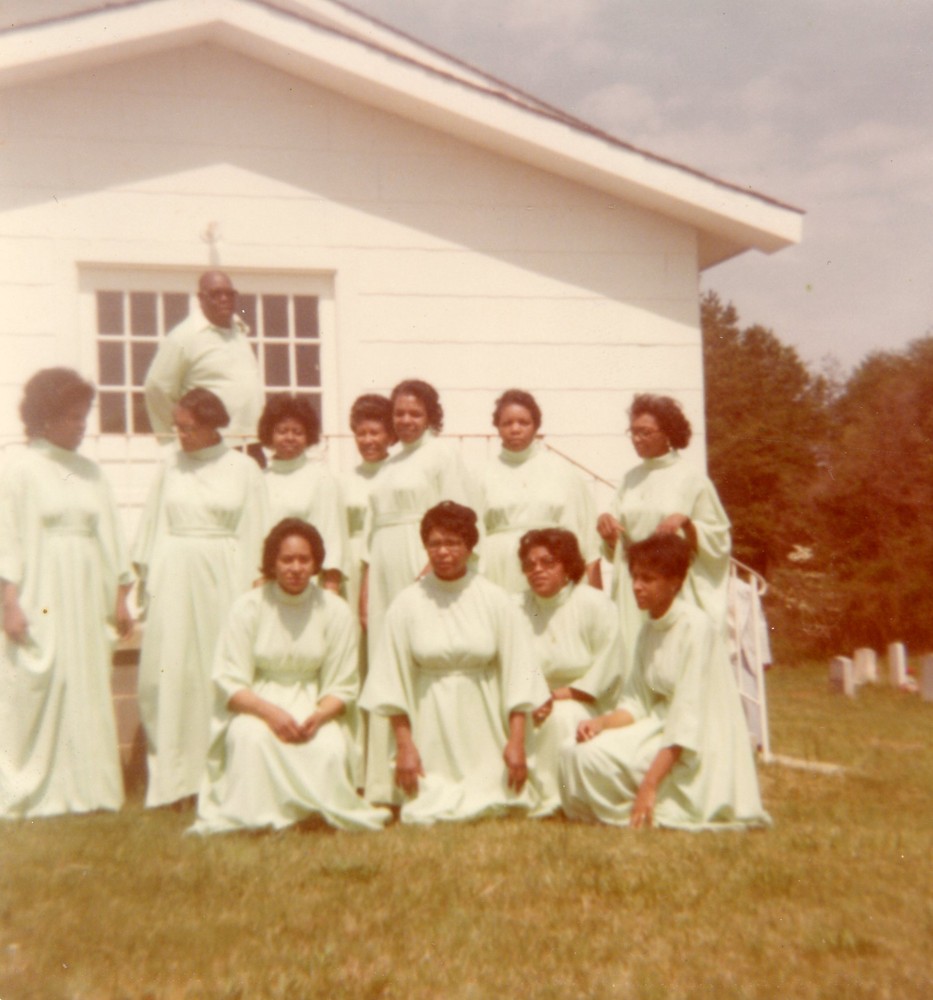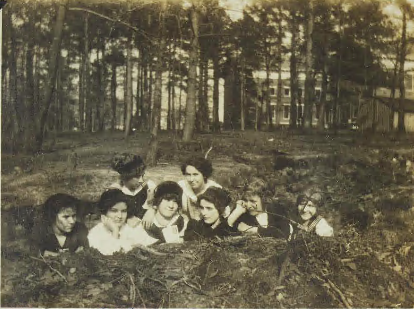Thanks to our partners at Sandhills Community College, we are excited to announce that issues from the Sandhills Community College’s student newspaper are now available on DigitalNC. Spanning 1967 to 1982, this addition of the Sandhills Community College Student Newspaper is filled with fun titles, student news, and music reviews across 101 issues of this newly digitized student publication.

Across the 18 years of the Sandhills Community College Student Newspaper now available on DigitalNC, the publication’s name changed quite a few times. While titles like The Spartan Reflector (Sept. 1971 – Jan. 1974), The Sandhills Reflector (May 1974 – May 1977), and SCC Miscellanea (Sept. 1978 – Mar. 1982) may have enjoyed the longest run time, other titles like True Grit (Dec. 1969) and The Looking Glass (May 1970 – Feb. 1971) snuck their way into the front-page spotlight – even if just for an issue or two! Student publishers also showed off their creativity with fun illustrations to accompany some of these titles.

Although student journalists at Sandhills Community College may have changed the title of this paper quite a few times, one thing they did not waver in was their ear for good music. Across years of different titles, student newspaper staff, and music genres, columnists never failed to deliver excellent reviews on some of the most anticipated albums of the time. These campus music critics kept busy – from reviewing what would become Stevie Wonder’s best-selling album, Songs in the Key of Life (1976), to assuring readers that “the vocals are even tolerable” on Bob Dylan’s Slow Train Coming (1979), to being just as excited about Fleetwood Mac’s Rumours (1977) as a lot of us still are today.
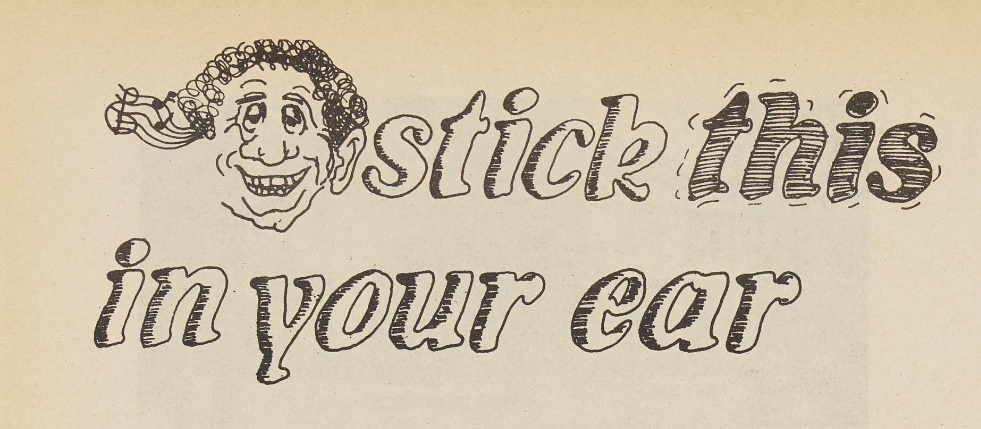
Students’ great taste and interest in music comes as no surprise, however, when browsing through countless stories in the Sandhills Community College Student Newspaper that show the students’ commitment, involvement, and patronage of the arts. The paper’s “Artist of the Month” series highlights the young students and aspiring artists at Sandhills Community College. Also recorded in the paper are stories about campus events in the arts, such as the week-long Sandhills Community College Fine Arts Festival and the Art Department’s annual Art Week. Literary arts also had a significant impact on the culture at Sandhills Community College, and entire pages dedicated to student poetry can be found throughout the Sandhills Community College Student Newspaper.
More information about our partner, Sandhills Community College, can be found here.
Visitors can view issues of the Sandhills Community College Student Newspaper here.
More materials, including minutes, catalogs, and yearbooks can be found on Sandhills Community College’s contributor page linked here.
To browse our entire collection of student newspapers, select the “Student Papers” filter on our “Newspaper Titles” search page here.
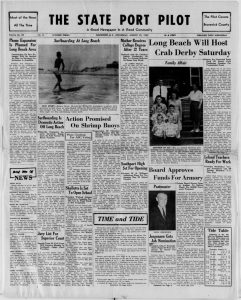


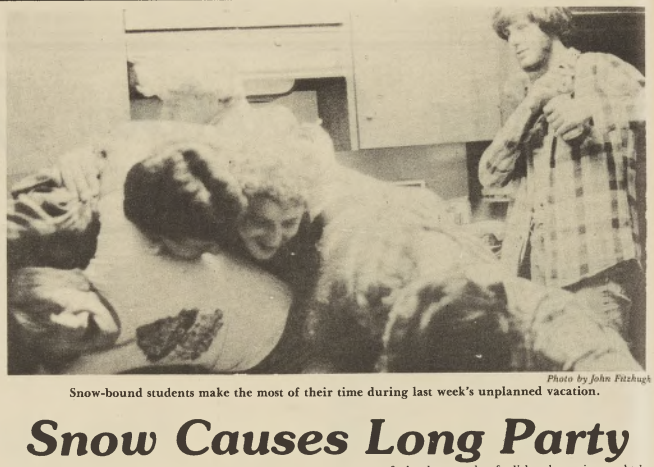
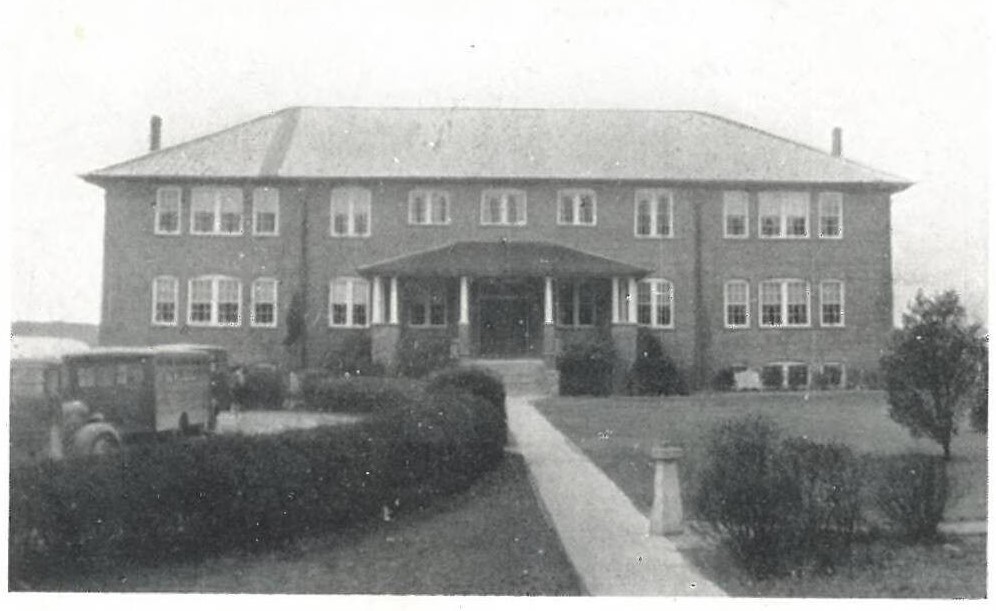

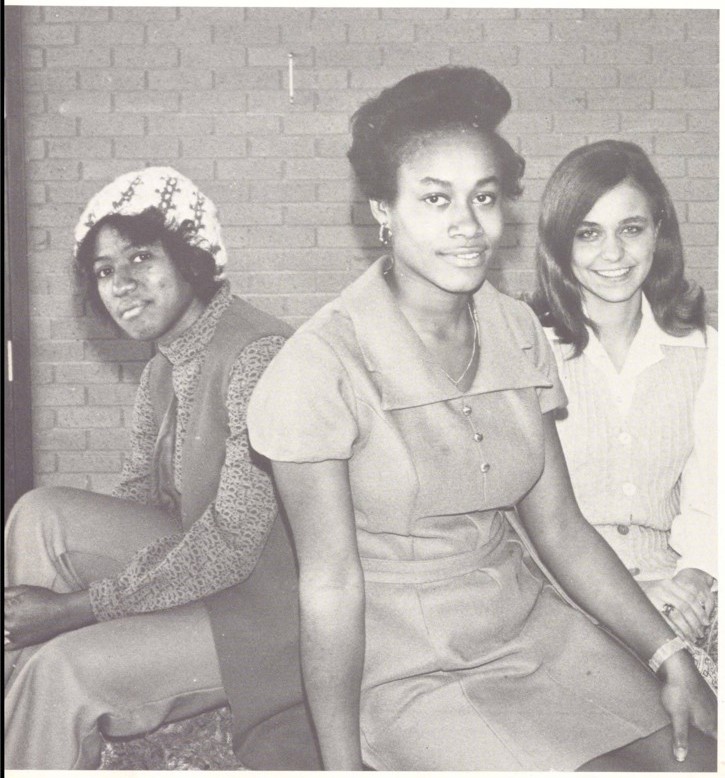
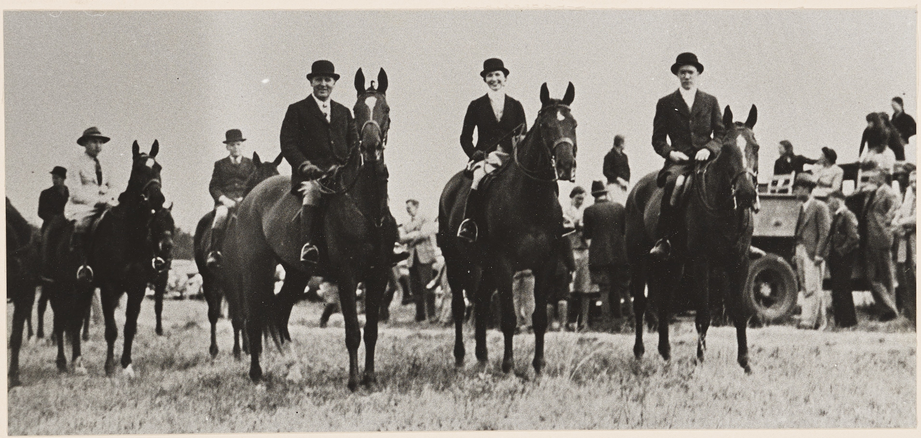
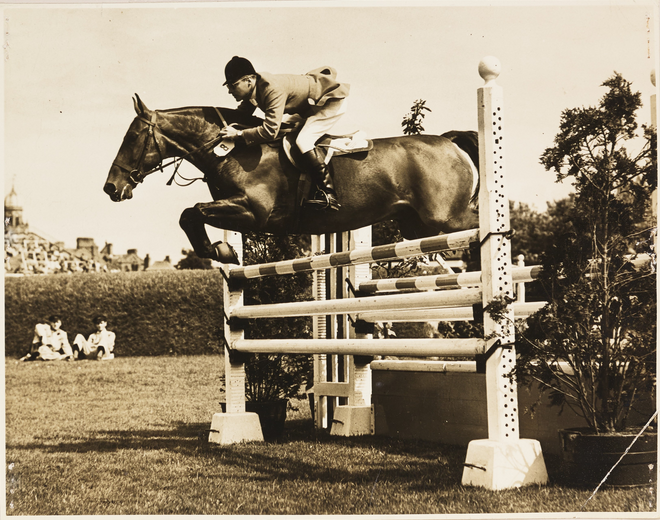
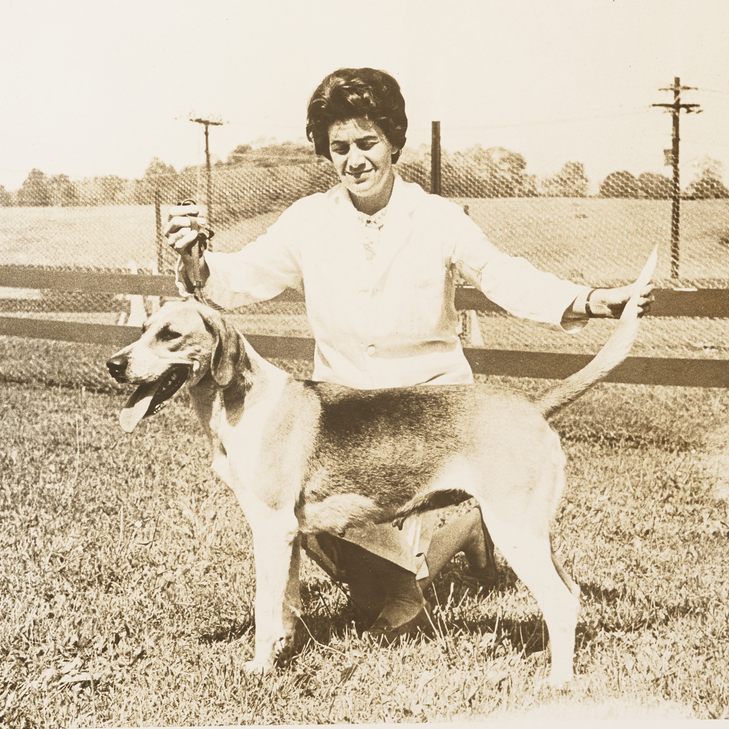

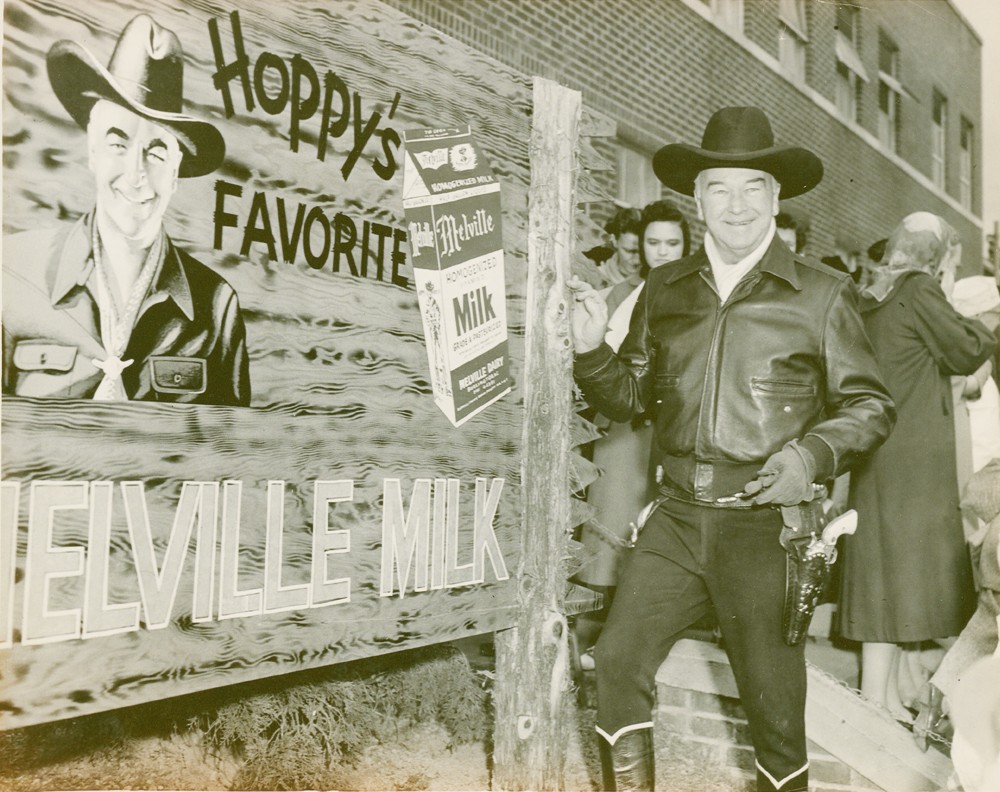

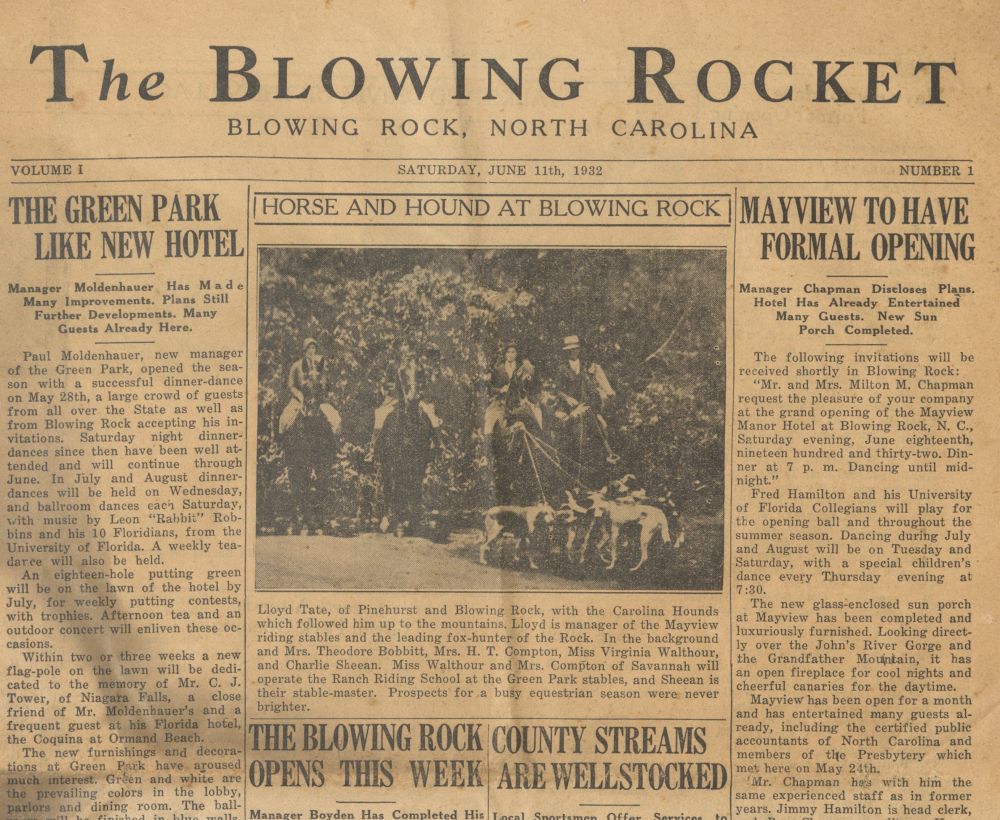
![Two individuals dressed up standing next to one another. Behind them is a green field and brick building off in the distance. To their back left is a white building with brick base. To their back right is a sign with black letters that in-part reads: St. James [?] [?] Church.](https://www.digitalnc.org/wp-content/uploads/2024/08/default-3-1.jpg)
